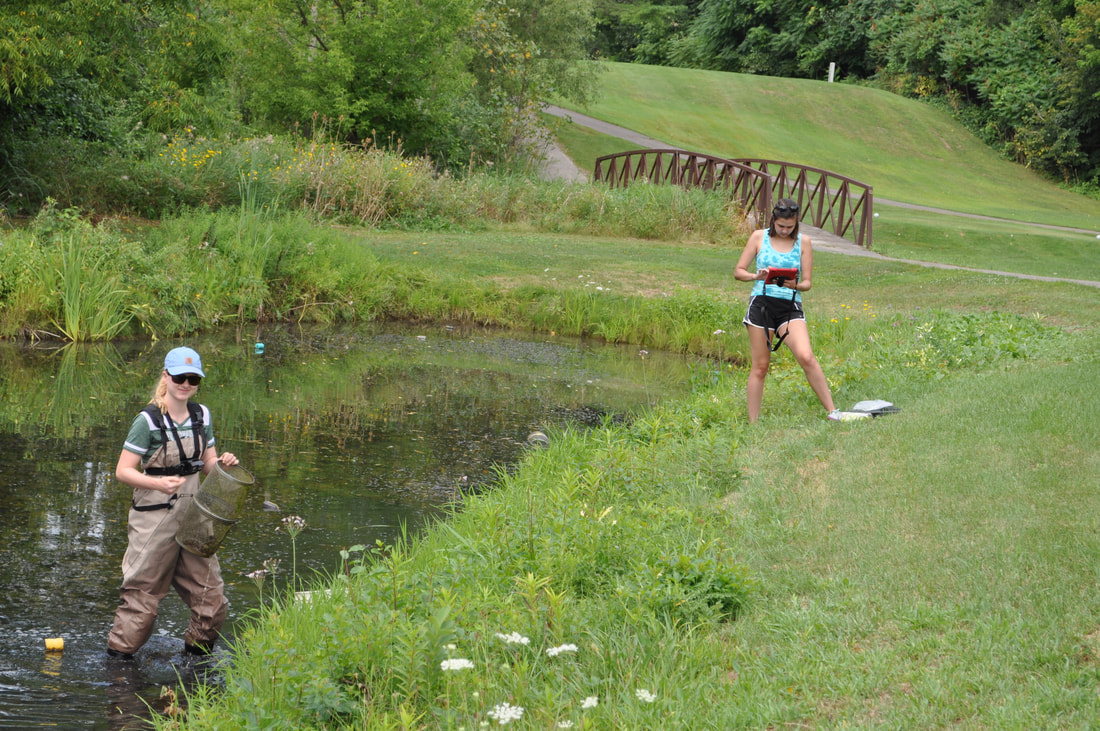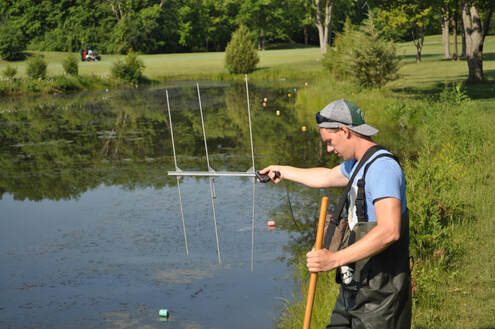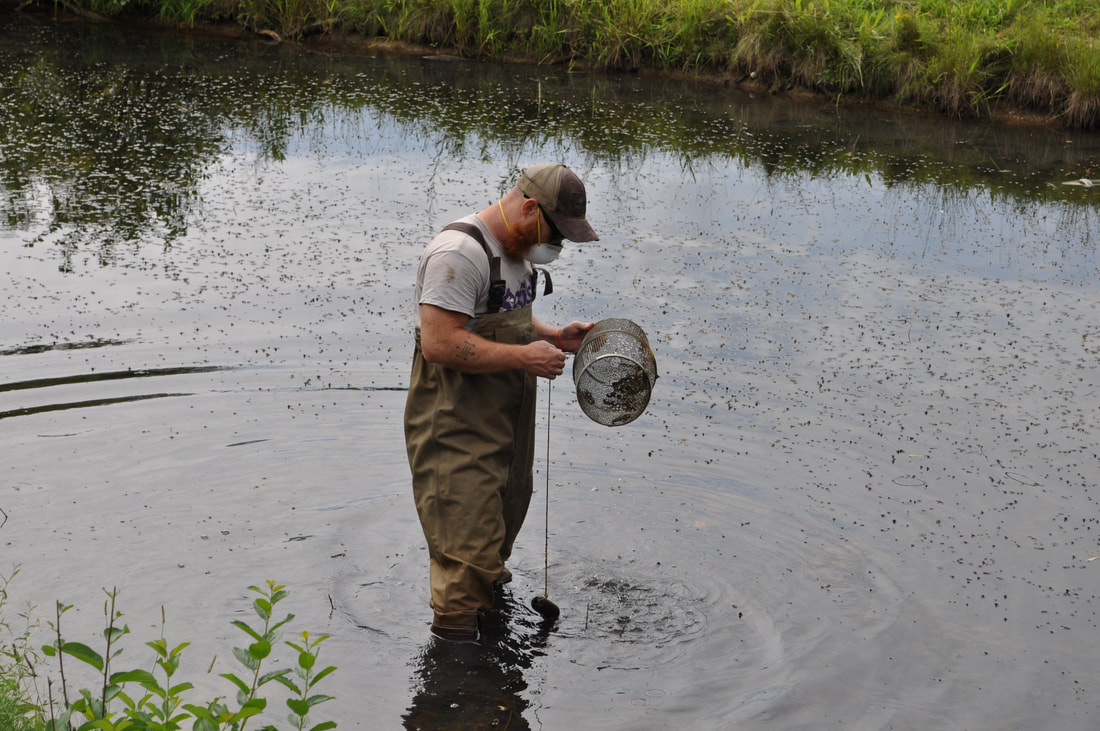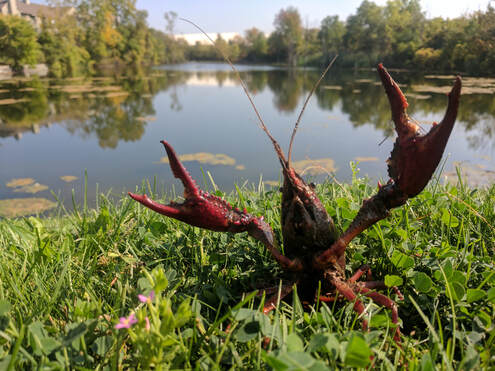What is this project about?
Red swamp crayfish (Procambarus clarkii) are a species native to the southern U.S. and northern Mexico. However, they are a worldwide invader, and are established on every continent besides Australia and Antarctica. In July of 2017, the Michigan DNR received multiple reports of red swamp crayfish in two separate locations in Michigan. Since this time, we have worked closely with the Michigan DNR to develop control and eradication plans for this species. As of November 2019, we have found red swamp crayfish in more than 30 waterbodies around the state focused on four epicenters--three in southeast Michigan, and one in southwest Michigan. The Roth lab seeks to quantify the distribution of red swamp crayfish in Michigan and implement control and eradication strategies. In addition, we work with the molecular ecology lab led by Dr. Kim Scribner to determine the sources and relatedness of the Michigan populations to further understand the invasion dynamics of this species. In the near future we will add telemetry and several eradication experiments to the project.
How are we funded?
This project is funded through the Great Lakes Restoration Initiative and the Michigan DNR, and supports undergraduate and graduate students, technicians, research supplies, and travel to invaded sites.



